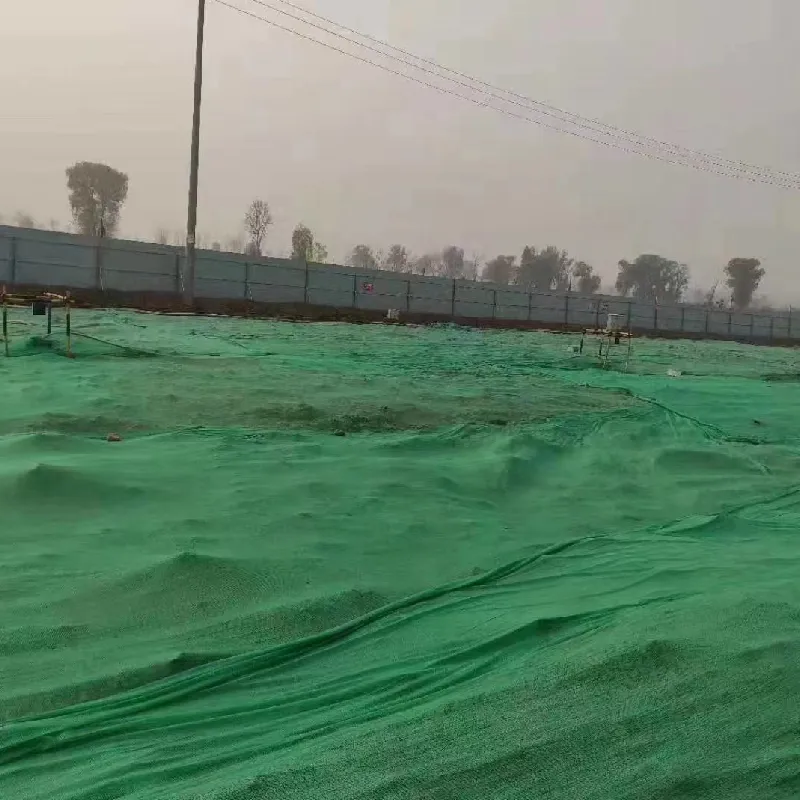-
 Afrikaans
Afrikaans -
 Albanian
Albanian -
 Amharic
Amharic -
 Arabic
Arabic -
 Armenian
Armenian -
 Azerbaijani
Azerbaijani -
 Basque
Basque -
 Belarusian
Belarusian -
 Bengali
Bengali -
 Bosnian
Bosnian -
 Bulgarian
Bulgarian -
 Catalan
Catalan -
 Cebuano
Cebuano -
 China
China -
 Corsican
Corsican -
 Croatian
Croatian -
 Czech
Czech -
 Danish
Danish -
 Dutch
Dutch -
 English
English -
 Esperanto
Esperanto -
 Estonian
Estonian -
 Finnish
Finnish -
 French
French -
 Frisian
Frisian -
 Galician
Galician -
 Georgian
Georgian -
 German
German -
 Greek
Greek -
 Gujarati
Gujarati -
 Haitian Creole
Haitian Creole -
 hausa
hausa -
 hawaiian
hawaiian -
 Hebrew
Hebrew -
 Hindi
Hindi -
 Miao
Miao -
 Hungarian
Hungarian -
 Icelandic
Icelandic -
 igbo
igbo -
 Indonesian
Indonesian -
 irish
irish -
 Italian
Italian -
 Japanese
Japanese -
 Javanese
Javanese -
 Kannada
Kannada -
 kazakh
kazakh -
 Khmer
Khmer -
 Rwandese
Rwandese -
 Korean
Korean -
 Kurdish
Kurdish -
 Kyrgyz
Kyrgyz -
 Lao
Lao -
 Latin
Latin -
 Latvian
Latvian -
 Lithuanian
Lithuanian -
 Luxembourgish
Luxembourgish -
 Macedonian
Macedonian -
 Malgashi
Malgashi -
 Malay
Malay -
 Malayalam
Malayalam -
 Maltese
Maltese -
 Maori
Maori -
 Marathi
Marathi -
 Mongolian
Mongolian -
 Myanmar
Myanmar -
 Nepali
Nepali -
 Norwegian
Norwegian -
 Norwegian
Norwegian -
 Occitan
Occitan -
 Pashto
Pashto -
 Persian
Persian -
 Polish
Polish -
 Portuguese
Portuguese -
 Punjabi
Punjabi -
 Romanian
Romanian -
 Russian
Russian -
 Samoan
Samoan -
 Scottish Gaelic
Scottish Gaelic -
 Serbian
Serbian -
 Sesotho
Sesotho -
 Shona
Shona -
 Sindhi
Sindhi -
 Sinhala
Sinhala -
 Slovak
Slovak -
 Slovenian
Slovenian -
 Somali
Somali -
 Spanish
Spanish -
 Sundanese
Sundanese -
 Swahili
Swahili -
 Swedish
Swedish -
 Tagalog
Tagalog -
 Tajik
Tajik -
 Tamil
Tamil -
 Tatar
Tatar -
 Telugu
Telugu -
 Thai
Thai -
 Turkish
Turkish -
 Turkmen
Turkmen -
 Ukrainian
Ukrainian -
 Urdu
Urdu -
 Uighur
Uighur -
 Uzbek
Uzbek -
 Vietnamese
Vietnamese -
 Welsh
Welsh -
 Bantu
Bantu -
 Yiddish
Yiddish -
 Yoruba
Yoruba -
 Zulu
Zulu
perforated steel mesh
The Versatility and Applications of Perforated Steel Mesh
Perforated steel mesh is a remarkable material that combines strength, durability, and aesthetic appeal. Created by punching holes into sheets of steel, this versatile product opens a wide array of opportunities for use in various industries. Its unique properties make it an ideal choice for architectural, industrial, and commercial applications.
One of the most notable features of perforated steel mesh is its ability to provide strength while being lightweight. The holes created during the manufacturing process allow the mesh to reduce weight without compromising structural integrity. This makes it highly suitable for applications where weight is a critical factor, such as in construction frameworks, HVAC systems, and automotive parts.
In the architectural realm, perforated steel mesh has gained popularity for its aesthetic appeal and functional versatility. Designers often utilize it in facades, sunshades, and interior partitions. The perforations can be customized in terms of shape, size, and spacing, allowing architects to create unique visual patterns that enhance the overall design of a building. Moreover, perforated steel mesh can improve energy efficiency by reducing heat gain and glare while allowing natural light to filter through, creating a more comfortable indoor environment.
perforated steel mesh

In industrial settings, the durability and strength of perforated steel mesh make it perfect for a range of applications, including filtration, separation, and safety barriers
. Industries that require robust screening solutions—such as mining, food processing, and chemical manufacturing—often rely on perforated steel mesh for its ability to withstand harsh conditions while maintaining effectiveness. The mesh can be used to create vibrating screens, conveyor belts, and various types of filters, ensuring operational efficiency and safety.Additionally, perforated steel mesh plays a significant role in noise reduction. Its sound-absorbing qualities make it an excellent choice for acoustic panels and barriers in noisy environments. This application is vital in urban areas where noise pollution can affect the quality of life. By incorporating perforated steel mesh, developers can mitigate excessive noise while maintaining an open and airy feeling within a space.
Another key advantage of perforated steel mesh is its environmental sustainability. Steel itself is a recyclable material, and the manufacturing process can be aligned with green building practices. When designed and used effectively, perforated steel mesh can contribute to sustainable construction projects, minimizing waste and energy consumption.
In conclusion, perforated steel mesh is an adaptable and multifaceted material that offers numerous benefits across various sectors. Its strength, aesthetic versatility, and sustainable characteristics make it an invaluable asset in modern applications. As industries continue to evolve, the demand for innovative materials like perforated steel mesh will likely grow, leading to even more creative uses and further advancements in design and engineering. Whether in construction, industrial processing, or aesthetic applications, perforated steel mesh stands as a testament to the fusion of functionality and artistry.
-
Shipping Plastic Bags for Every NeedNewsJul.24,2025
-
Safety Netting: Your Shield in ConstructionNewsJul.24,2025
-
Plastic Mesh Netting for Everyday UseNewsJul.24,2025
-
Nylon Netting for Every UseNewsJul.24,2025
-
Mesh Breeder Box for Fish TanksNewsJul.24,2025
-
Expanded Steel Mesh Offers Durable VersatilityNewsJul.24,2025











